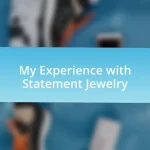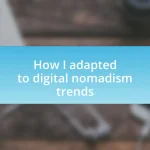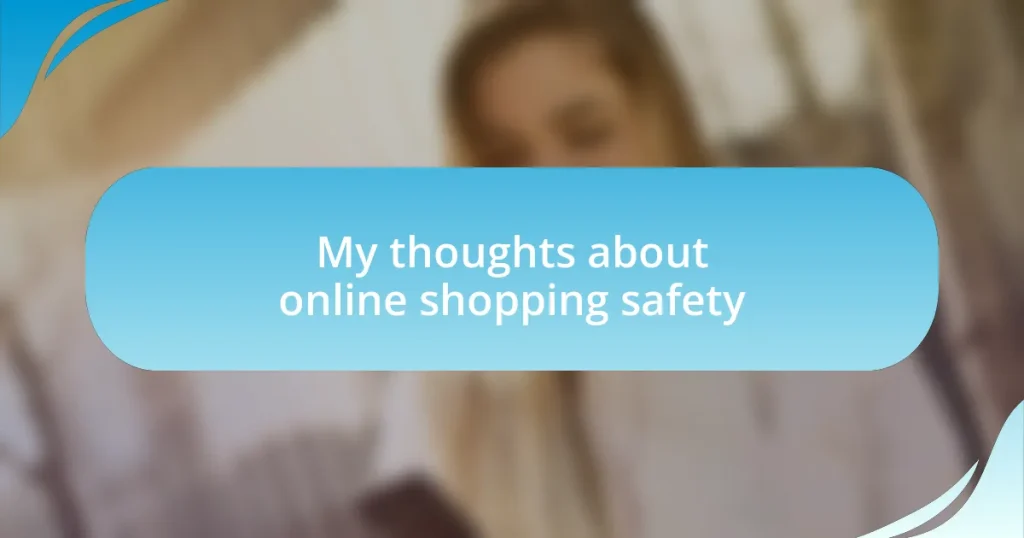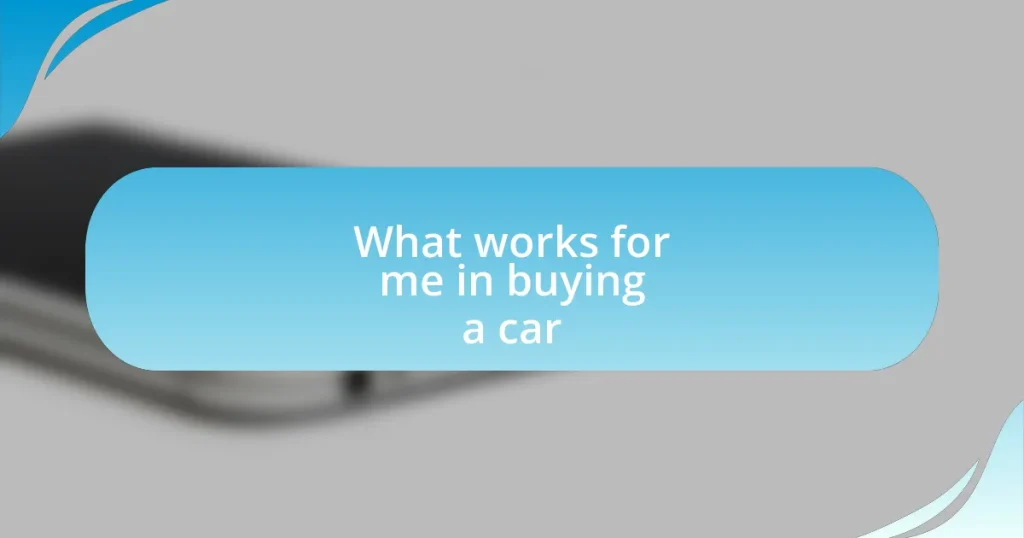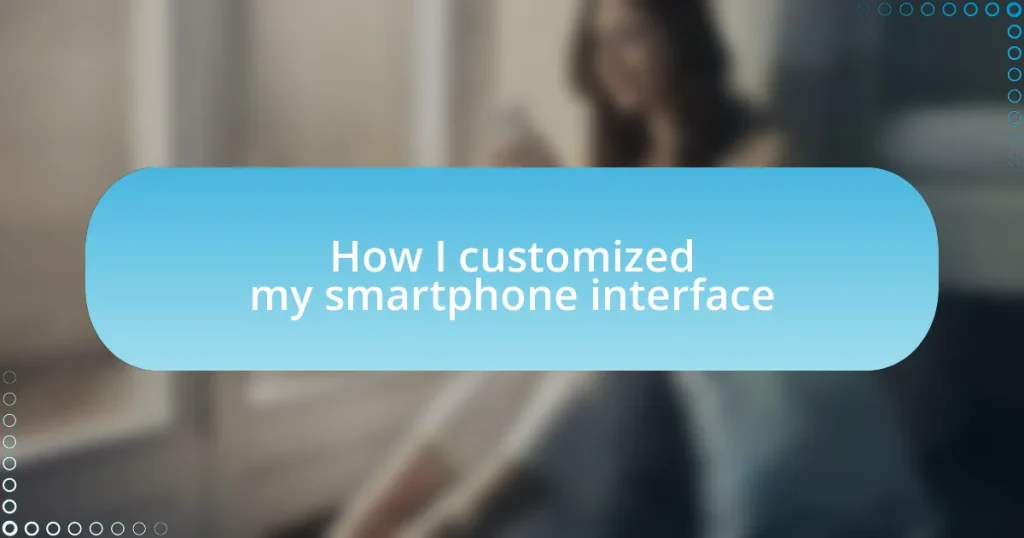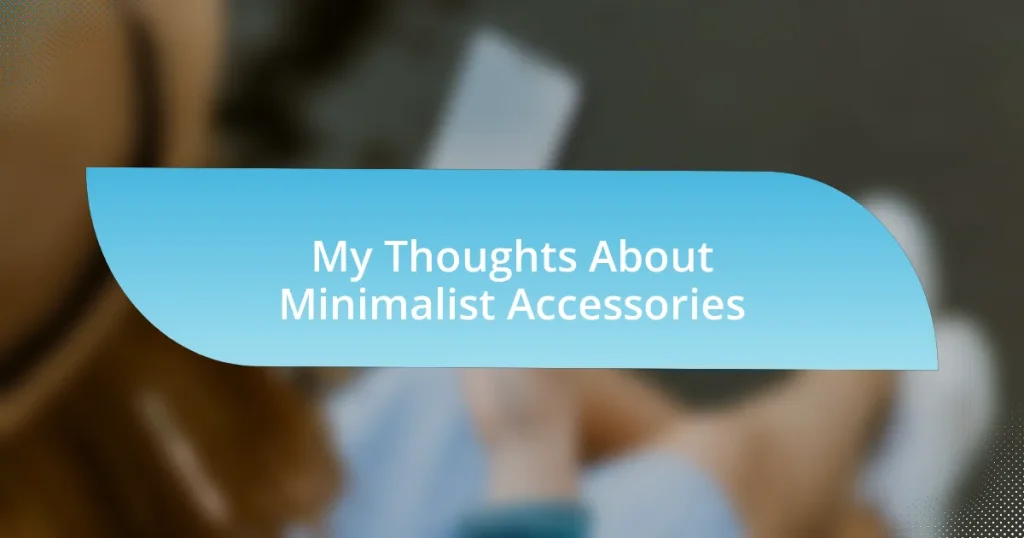Key takeaways:
- Always verify website security by checking for “https://” in the URL and looking for trust seals.
- Use secure payment methods, such as credit cards and digital wallets, for better fraud protection.
- Protect personal information with strong, unique passwords and two-factor authentication (2FA).
- Recognize phishing scams by scrutinizing sender details and being cautious of urgent requests.
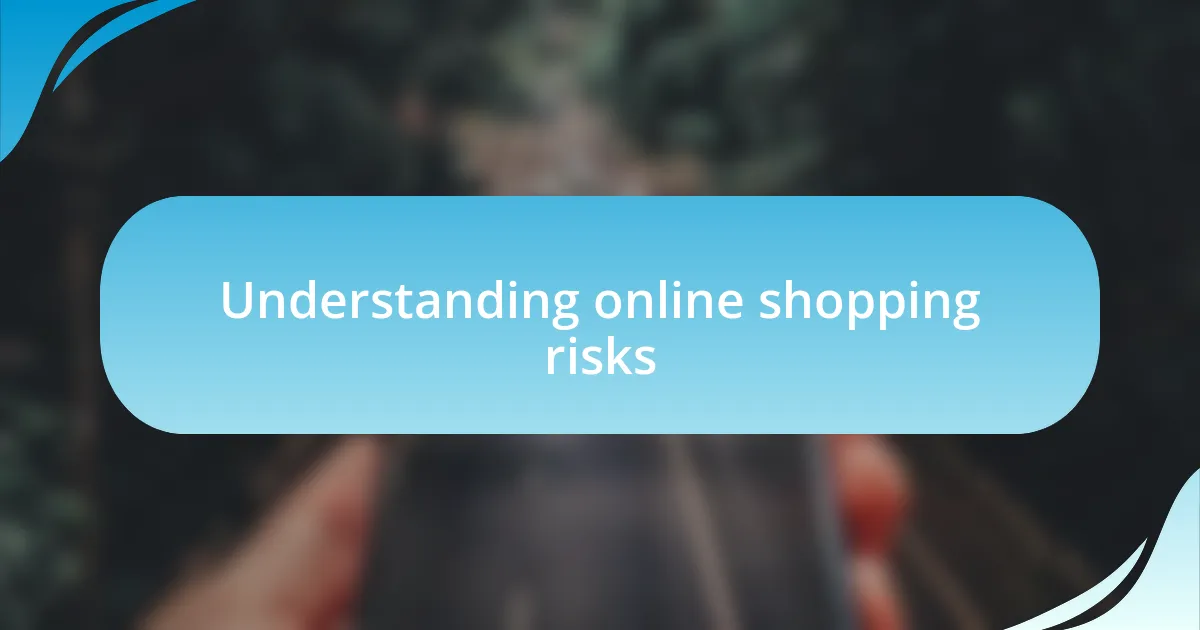
Understanding online shopping risks
When I first started shopping online, I was excited but also a bit naive. I remember the thrill of snagging a great deal on a pair of shoes, only to realize a few days later that I had given my credit card information to a website that looked legitimate but was anything but. This experience taught me a crucial lesson: not all online retailers have your best interests at heart. Have you ever purchased something only to find out it was a counterfeit or not as described? It’s a common risk we face.
Phishing scams are another significant danger that many shoppers overlook. There have been times when I’ve received an email that appeared to be from a retailer I trusted, asking me to verify my account details. My heart raced at the thought of my personal information being compromised. Reflecting on that, I learned the importance of verifying sources. Are you diligent about checking the sender’s email address? Understanding these tactics can help safeguard your information.
I also grew wary of the personal data I share while shopping online. On one occasion, I was surprised to realize how many websites wanted to know my address, phone number, and even my birthday, just to purchase a simple item. It made me question: do they really need this, or is it just another way to collect our data? Realizing this changed my approach—now, I always search for sites that respect my privacy.
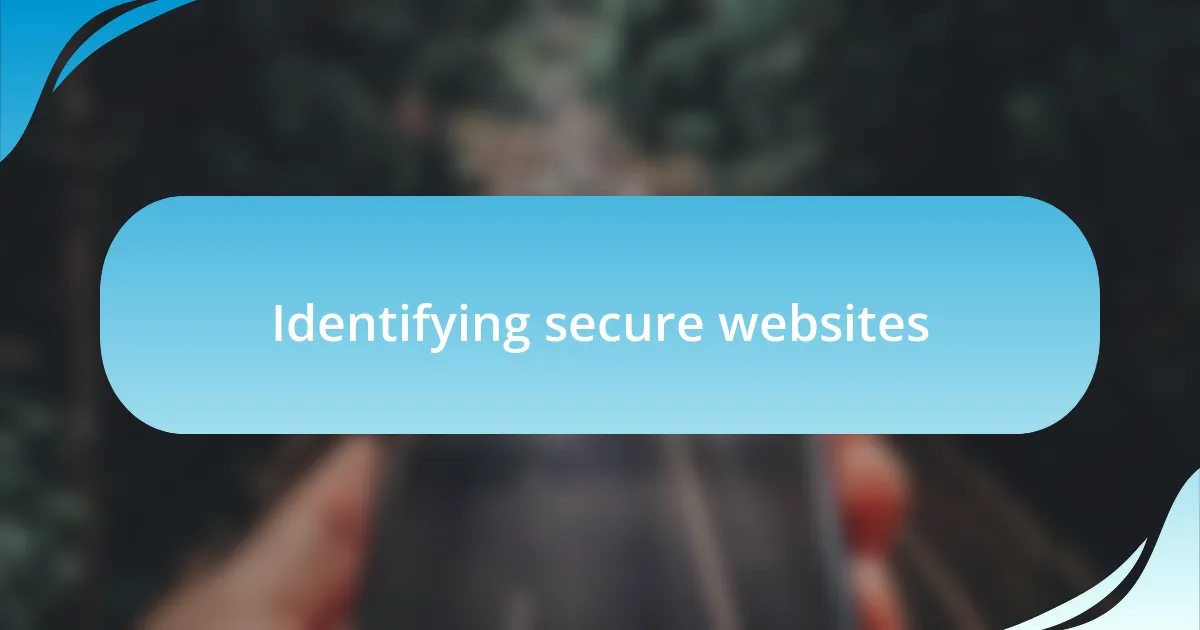
Identifying secure websites
Identifying secure websites is crucial for safe online shopping. I always look for a few key indicators. The first thing I check is the URL. A web address that starts with “https://” signifies a secure connection, while “http://” does not. This little ‘s’ can determine whether my sensitive information remains private or gets intercepted. Have you ever noticed this before when shopping online?
Another important aspect is looking for credibility indicators like trust seals or security badges on a website. I recall this one time when I was about to make a purchase and spotted a well-known security badge verified by a reputable company. It gave me a sense of reassurance that my transaction would be secure. Seeing those badges can be an initial step toward feeling more confident in my purchase. Have you ever felt a surge of trust from those little icons?
Beyond what’s visible, I also rely on third-party reviews. Reading customer reviews allows me to gauge the experiences of others. Once, I came across a store with enticing products but had multiple negative reviews warning of non-delivery and poor customer service. That was a red flag for me. Trusting the collective voice of buyers can save us from unwanted headaches in the vast world of online shopping.
| Indicator | Importance |
|---|---|
| HTTPS URL | Signals a secure connection. |
| Trust Seals | Enhances consumer trust. |
| Customer Reviews | Provides insights from previous buyers. |
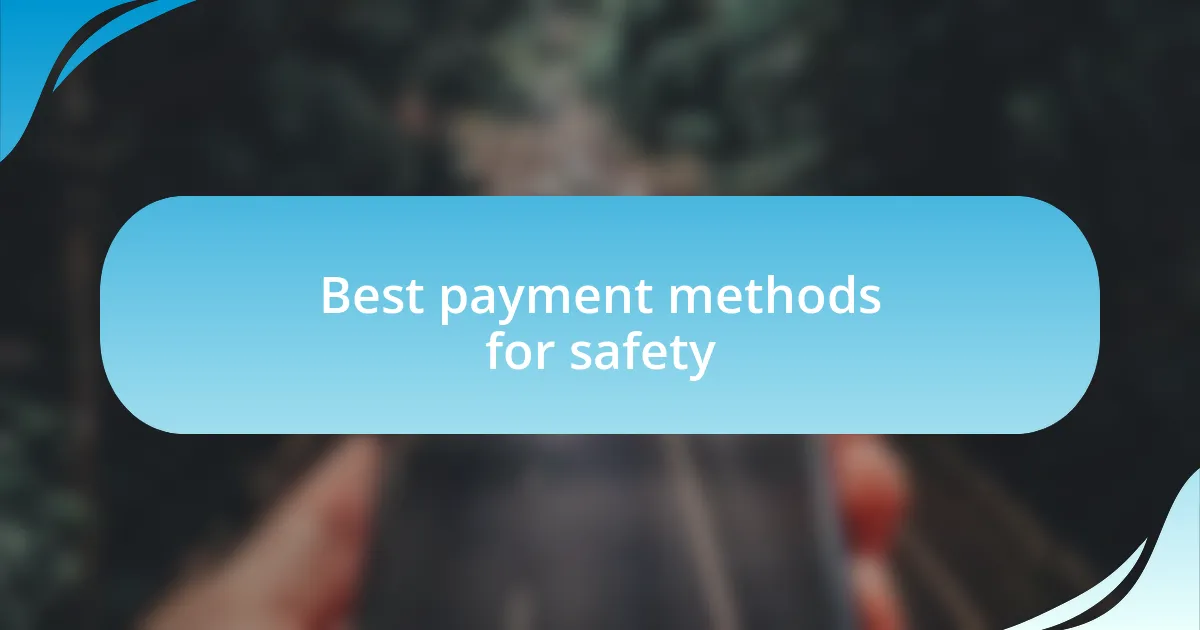
Best payment methods for safety
When it comes to choosing the safest payment methods, I often reflect on my past experiences to guide my decisions. I’ve found that credit cards generally offer the best protection against fraud. Most credit card companies provide a zero-liability policy, which means I won’t be held accountable for unauthorized charges if I report them promptly. There was a time when I noticed suspicious activity on my statement, and my card issuer handled it seamlessly, giving me peace of mind.
Here are some of the safest payment options I’ve come to trust:
- Credit Cards: Offer fraud protection and chargeback options.
- Digital Wallets: Services like PayPal and Apple Pay allow transactions without revealing your credit card number.
- Prepaid Cards: Limit the amount you can lose since they are not linked to a broader account.
- Cryptocurrency: Provides anonymity and security through blockchain technology, although it comes with volatility risks.
- Buy Now, Pay Later Services: Many of these have buyer protection and dispute resolution features.
Opting for these methods has certainly made me feel more secure in my online shopping journey. It’s about finding those layers of protection that alleviate anxiety while I shop. Have you experienced that comforting feeling when using a payment method that feels just right?
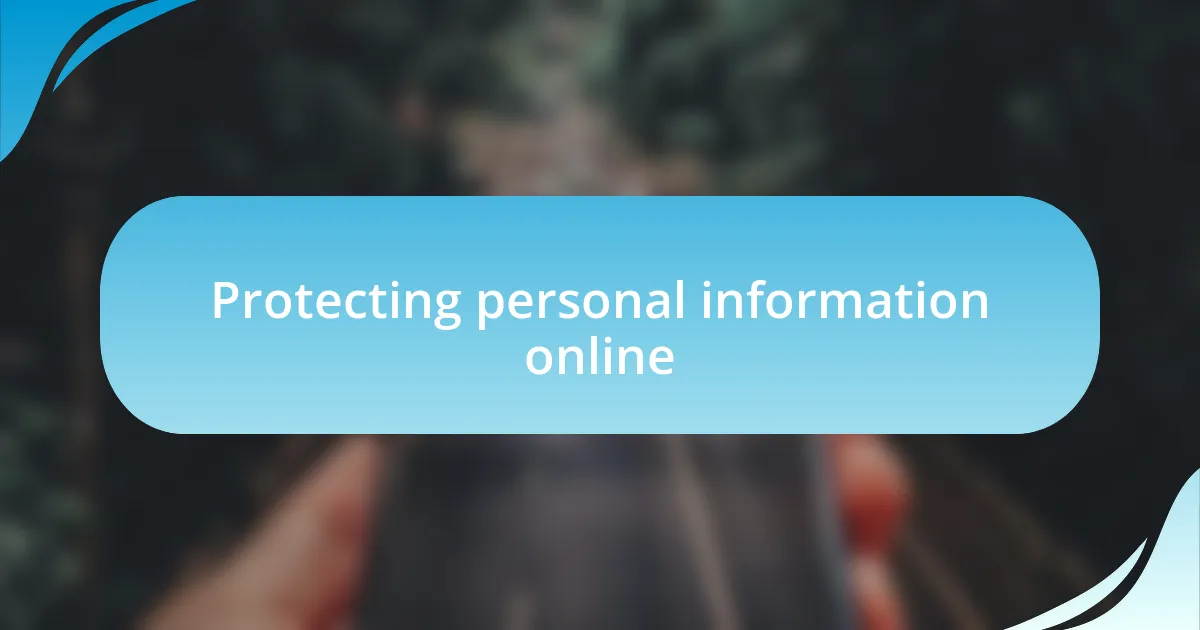
Protecting personal information online
When I think about protecting my personal information online, one crucial strategy comes to mind: using strong, unique passwords for each account. Early in my online shopping journey, I fell victim to a data breach simply because I reused a password across multiple sites. The feeling of violation was intense. Now, I rely on a password manager to generate and store complex passwords, and it has transformed my online experience. Have you ever considered how a simple password can shield you from potential threats?
Another aspect I’ve become passionate about is the importance of two-factor authentication (2FA). I’ll never forget the relief I felt when I activated 2FA on my accounts after a friend’s account got hacked. With an extra layer of verification, I felt much more secure knowing that even if someone got hold of my password, they wouldn’t easily access my information. It made me wonder, why wouldn’t everyone take this simple step to safeguard their data?
Lastly, I find myself increasingly cautious about the information I share on social media. There was a time when I thought sharing my latest purchase or vacation plans was harmless, but I later realized that this can create unwanted exposure. I now think twice before posting anything that might reveal my personal details. How do you navigate the line between sharing and safeguarding your information in this digital age? It’s vital to stay mindful to keep our personal lives secure.
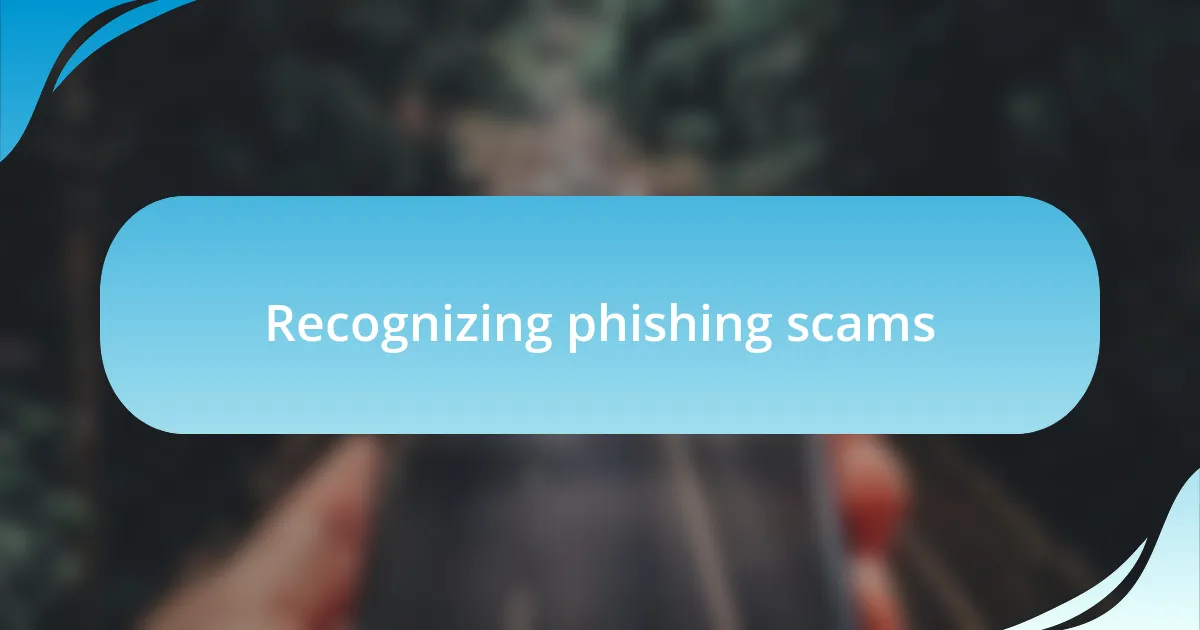
Recognizing phishing scams
Recognizing phishing scams is essential for anyone engaged in online shopping. I recall a time when I received an email that looked alarmingly legitimate, pretending to be from my favorite online retailer. It requested me to verify my account information due to “suspicious activity.” I almost clicked on the link, but something felt off. How often do we overlook those gut feelings?
Phishing scams often come in the form of emails, text messages, or even phone calls, enticing you to share sensitive information. I’ve learned to scrutinize the sender’s email address—phishing attempts frequently use slightly altered addresses that are easy to miss at first glance. Have you ever double-checked an email only to discover it wasn’t what it seemed?
Another tactic scammers use is creating a sense of urgency. I fell for that once, rushing to respond to an email claiming my package was delayed—only to find out later that it was simply a trap. Scammers thrive on panic, aiming to cloud our judgment. So the next time you receive an alarming message, take a moment to breathe and examine it closely. Is the message as urgent as it seems?
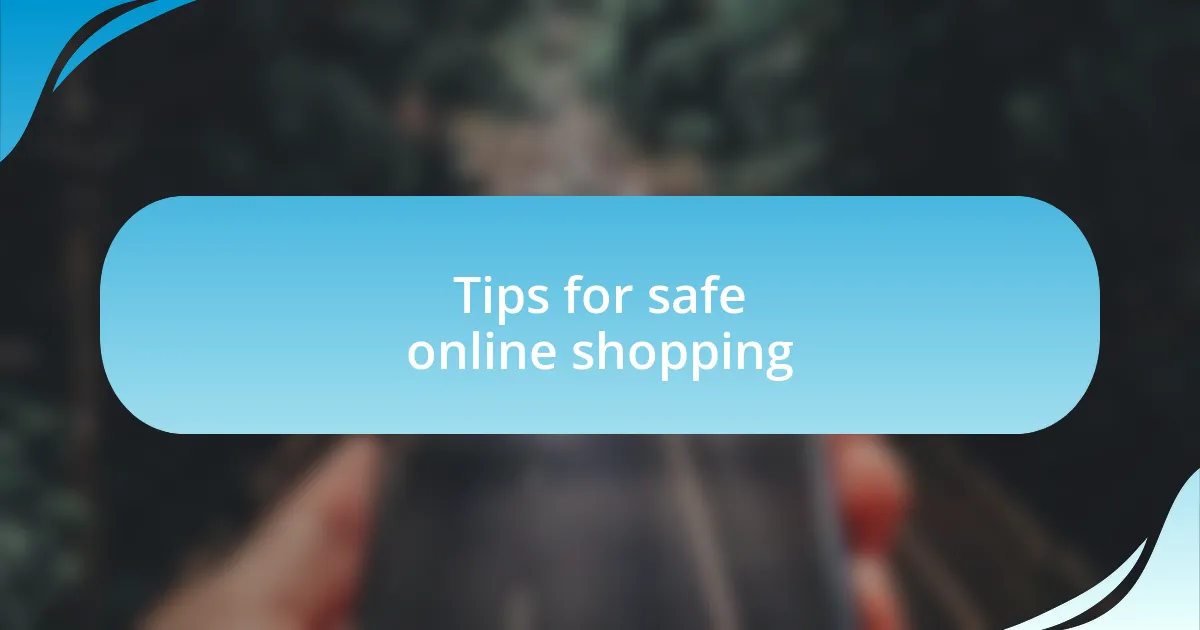
Tips for safe online shopping
When it comes to safe online shopping, using secure payment methods is a non-negotiable step. I’ve always opted for credit cards or reputable digital wallets instead of debit cards. It gives me peace of mind knowing that if something goes wrong, I have options for disputing charges. What’s your go-to payment choice, and does it make you feel protected?
Another crucial tip is to shop only from trusted websites. I remember discovering a new online store that had a fantastic deal, but something didn’t feel right. I took a moment to check reviews and confirm they had a secure connection with an “https://” in the URL before making any purchases. It’s a small effort that can save you from a big headache. Have you ever regretted a purchase because of the site’s trustworthiness?
Lastly, always keep your software and devices updated. I can’t stress this enough—once, I was hesitant to install an update on my laptop, thinking it was unnecessary. However, that update contained security patches that could have saved me from exposing my financial information. It’s a simple task that can provide layers of protection. Isn’t it worth the few moments it takes to click “update” for your peace of mind?





